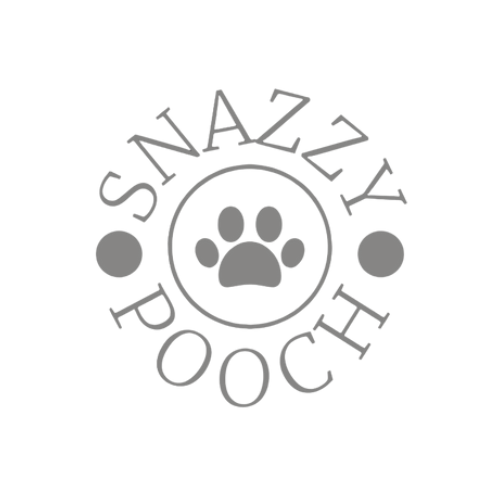Positive Dog Training Tips & Interactive Plans
Dog Training Hub – Positive, Bite-Size Plans
Build a tailored plan with 100% positive reinforcement. Choose a topic, age/stage, training environment, and current difficulty. You’ll get cards with micro-steps, rewards, environment setup, troubleshooting, and success milestones.
Find Your Training Plan
⚠️ Keep sessions short and kind. If you see stress (freezing, lip-licking, whale eye, tucked tail) pause, simplify, and increase distance. For reactivity, fear, pain or aggression, consult a qualified force-free trainer or vet behaviourist.
Why Positive Reinforcement Works
Behaviours that are rewarded happen more often. We mark the exact moment your dog does the right thing and pay with food, toys or life rewards (like going to sniff). This builds trust, motivation and reliability without the fallout risks of punishment such as fear, avoidance or aggression.
- Clear criteria: raise difficulty one step at a time.
- Right reward: use higher value when distractions increase.
- Choice: let your dog opt-in — consent boosts learning and confidence.
Quick Kit List
Training FAQs (UK)
How long should I train?
2–5 minutes, several times daily. End on success. Puppies: more, shorter reps. Adults: mix short skill reps with real-life practice.
Are these methods force-free?
Yes. We use reward-based training only — food, toys, praise and life rewards. Never pain, fear, intimidation or flooding.
Why does progress stall outside?
Criteria jumped too far or the environment is too hard. Step back to an easier setting, use higher-value rewards and rebuild gradually.
Is crate training indoors?
Yes. A crate is an indoor safe space. Introduce gradually with open-door feeding, chews and choice; never for punishment.
